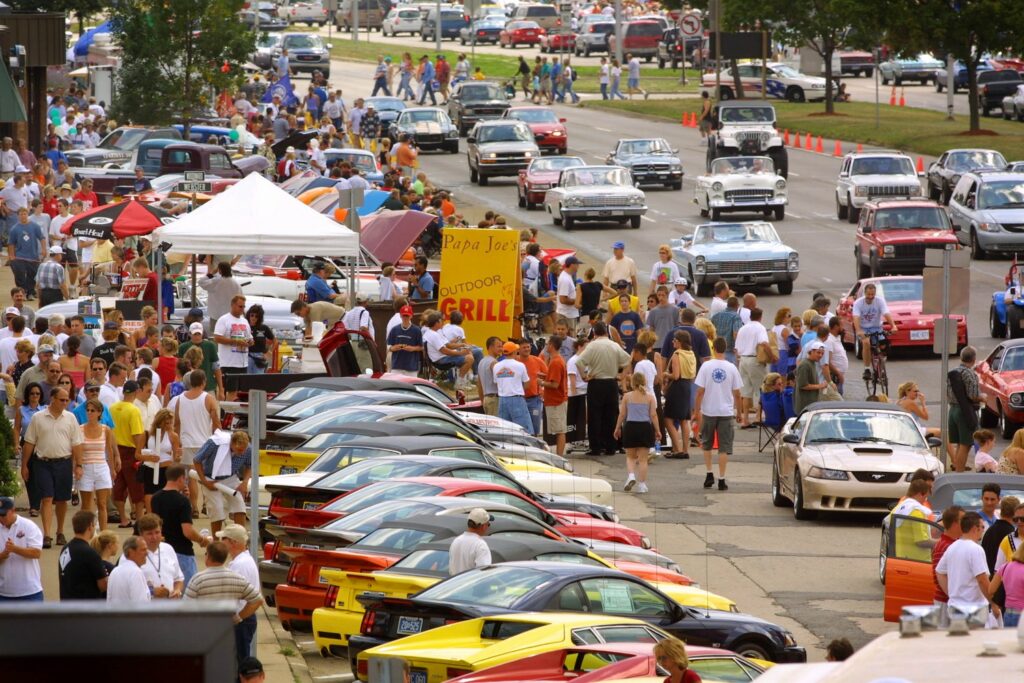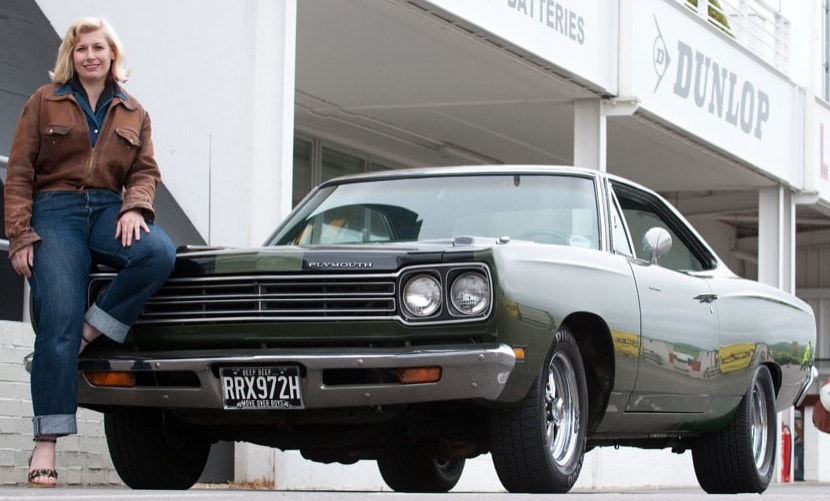
Today I had the pleasure of presenting one of my research projects to the American Association of University Women – Birmingham MI Branch. When I received the invitation to speak, I wasn’t sure what I could say that would be relevant to this intelligent and enthusiastic group of university women. When I have been asked to speak on women and cars in the past, the invitation has most often come from a group of auto historians or car enthusiasts – a natural audience for the type of work I do. So I wondered how I could make my research relevant to the AAUW – an organization of women focused on advancing gender equity in education and the workplace. However, when I discovered where the luncheon was to take place, I decided to speak on a topic that has relevance to the location – The Iroquois Club – as well as to women working toward gender equity, albeit in a rather unusual way.

As it turns out, The Iroquois Club is located on Woodward Avenue and Square Lake Road in Bloomfield Hills, Michigan, an intersection that played an important role in automotive history. While many recognize Woodward Avenue as the site of the annual Dream Cruise – the world’s largest one day automotive event – this very stretch of highway was instrumental in the development of the American muscle car, a category of vehicle that ruled the roads during the 1960s and early 1970s and is the inspiration for the celebration of car culture that ties up traffic on Woodward Avenue every year. Since this research project builds on muscle car history to incorporate women’s current participation in muscle car culture, the topic of women enthusiasts of American muscle cars seemed fitting for a Birmingham/Bloomfield Hills based organization of university women.

In terms of the AAUW goal of equity for women and girls through advocacy, education, and research, the research touches on those concerns in rather unique and perhaps surprising ways. One of the goals in all of my research – including women and muscle cars – is to emphasize how women’s participation in masculine car cultures can create female interest in historically male dominated occupations and can also, in fact, serve as a stimulus to future roles and careers in the auto industry and other autocentric environments. And what this project also examines is how women involved in automobile cultures develop unique and inventive strategies to create a sense of gender equity in environments that are overwhelmingly conservative in ideology and practice. As I argued, the working-from-within methods employed by muscle car owning women can be applied to not only car cultures, but to any historically male dominated location.
The women in attendance acknowledged the connections I established between my own work and that of the AAUW and seemed responsive to the presentation, asking good questions and talking to me about their own automotive experiences afterward. I even sold a few books, which makes me hopeful that I have made a connection with the audience in some way. Although I am not a natural speaker and am always nervous before these types of events, the women were warm, welcoming, and enthusiastic. It was both an honor and a pleasure to speak with them today.
